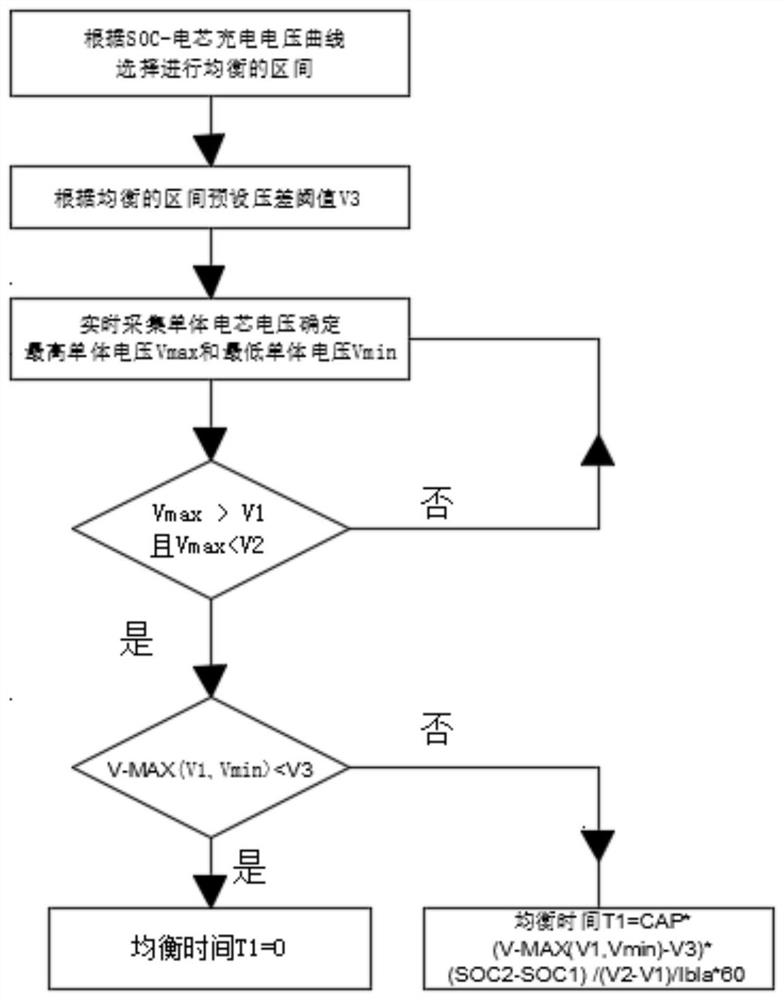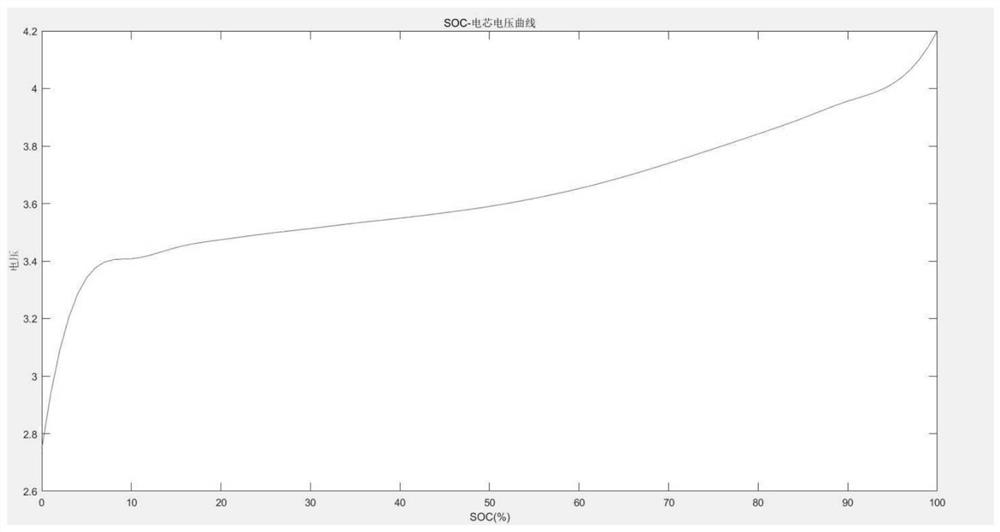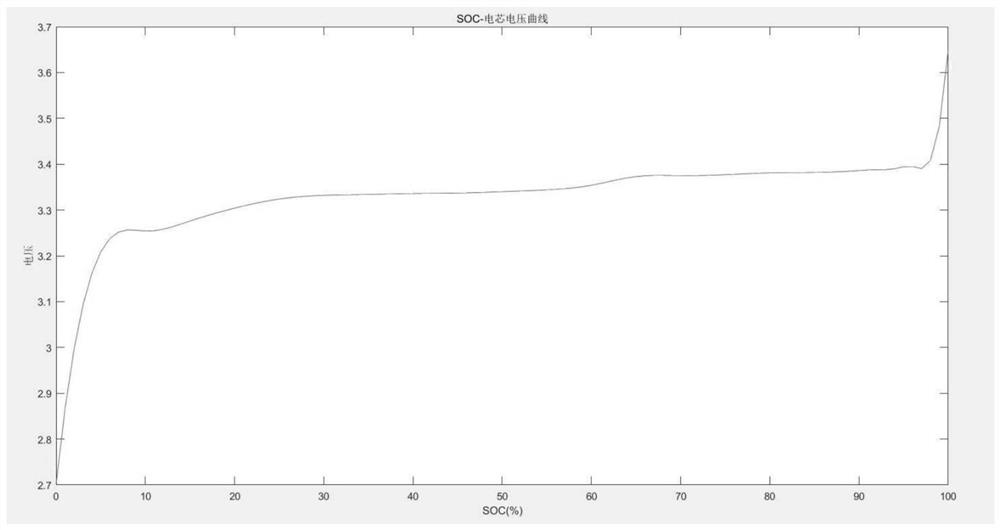Battery equalization evaluation method for new energy battery charging
A battery charging and battery equalization technology, which is applied in secondary battery charging/discharging, battery/fuel cell control devices, charge equalization circuits, etc., can solve problems such as low equalization efficiency, low efficiency, and complex equalization conditions, and achieve improved efficiency Effect
- Summary
- Abstract
- Description
- Claims
- Application Information
AI Technical Summary
Problems solved by technology
Method used
Image
Examples
Embodiment Construction
[0025] The application will be described in further detail below in conjunction with the accompanying drawings. It is necessary to point out that the following specific embodiments are only used to further illustrate the application, and cannot be interpreted as limiting the protection scope of the application. The above application content makes some non-essential improvements and adjustments to this application.
[0026] Such as Figure 1 to Figure 3 A battery equalization evaluation method for new energy battery charging is shown, including the following steps,
[0027] S1. Since the SOC-cell charging voltage curves of different lithium batteries are different, first obtain the type of single cell of the lithium battery. Among them, the type of lithium battery includes ternary lithium battery and lithium iron phosphate battery, and then according to the specific Obtain the SOC-cell charging voltage curve characteristics of the single cell of the lithium battery during the ...
PUM
 Login to View More
Login to View More Abstract
Description
Claims
Application Information
 Login to View More
Login to View More - R&D
- Intellectual Property
- Life Sciences
- Materials
- Tech Scout
- Unparalleled Data Quality
- Higher Quality Content
- 60% Fewer Hallucinations
Browse by: Latest US Patents, China's latest patents, Technical Efficacy Thesaurus, Application Domain, Technology Topic, Popular Technical Reports.
© 2025 PatSnap. All rights reserved.Legal|Privacy policy|Modern Slavery Act Transparency Statement|Sitemap|About US| Contact US: help@patsnap.com



